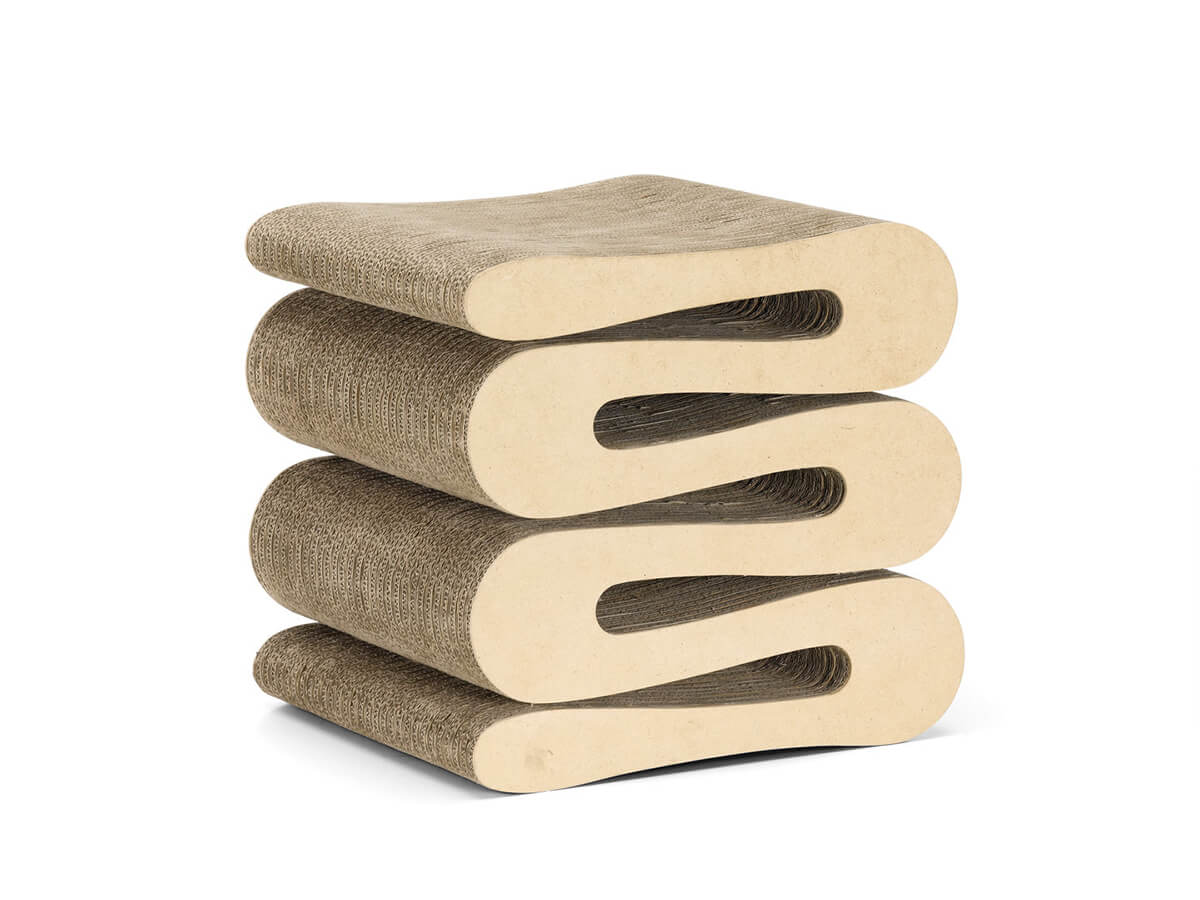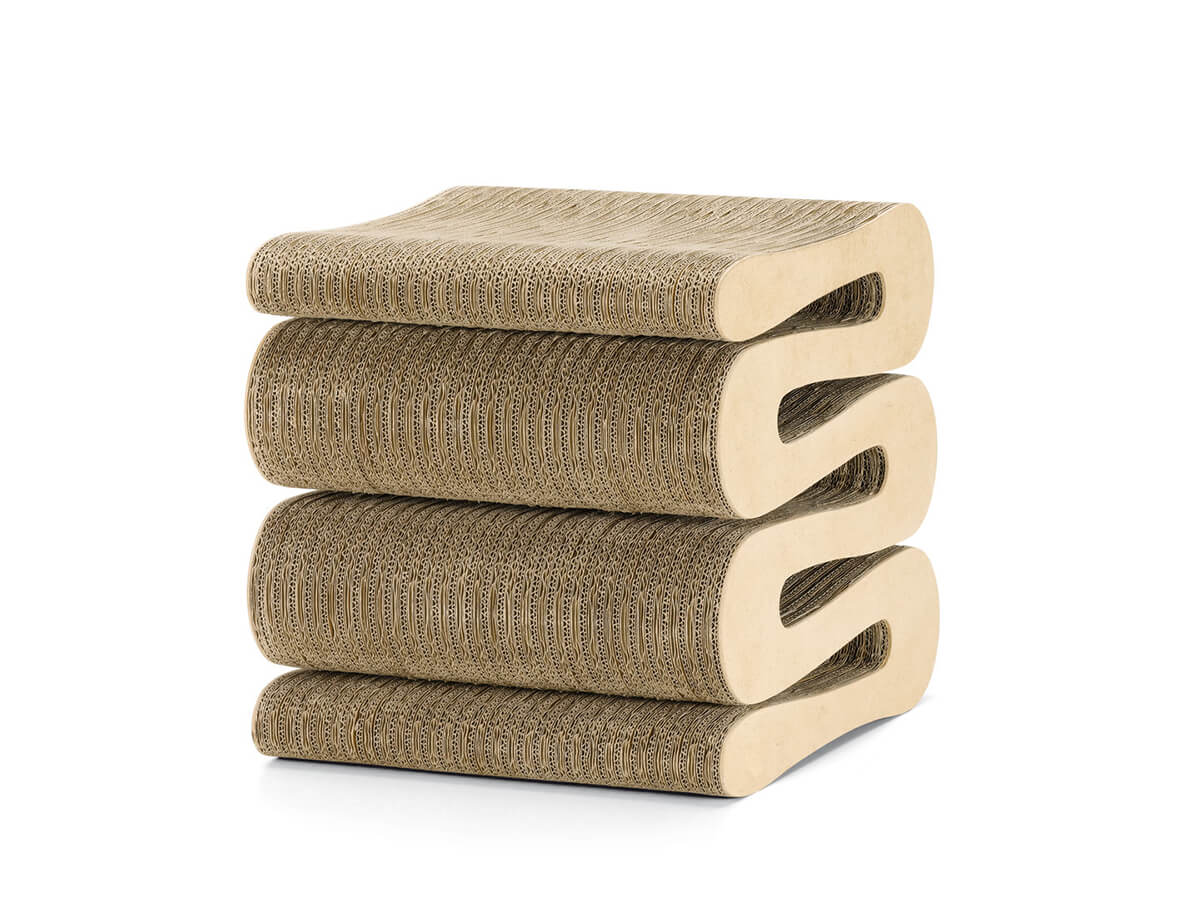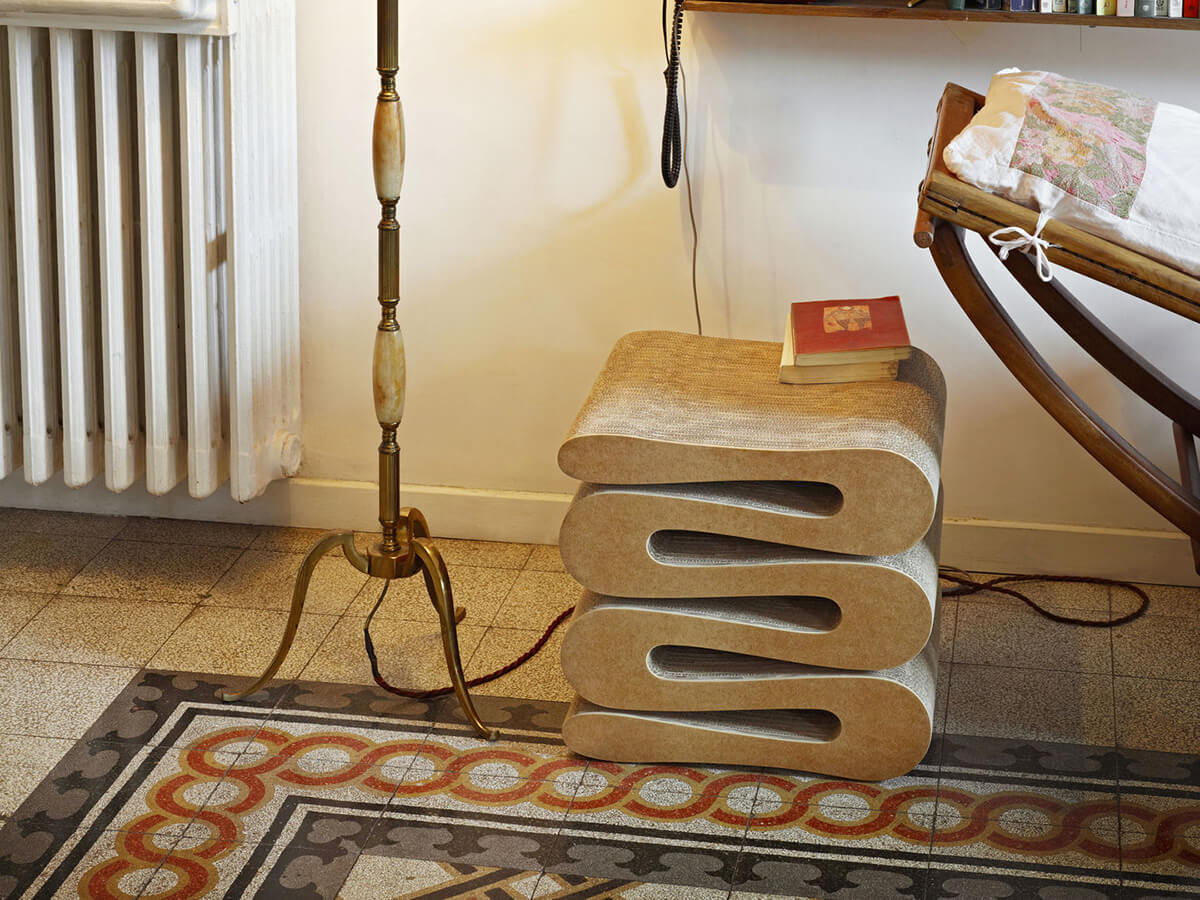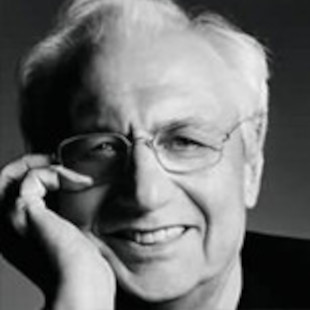Vitra
Wiggle Stool
Price € 595,00
Wiggle Stool was born in 1972 from the idea of Frank Owen Gehry to give life to furnishing elements with unusual materials, capable of challenging the most cleared of customs in terms of resistance and versatility. Here was born the "Easy Edges" furniture series, which contains an aesthetic and structural dimension of great value combined with the decidedly unconventional idea of using cardboard as a unique and fundamental element. Just like the Wiggle Side Chair, this stool also has the distinctive shape of "crushed spirals" with a strong and all in all elegant structure. Despite its simplicity, Wiggle stool is an extremely valuable piece of furniture that lends itself to any environment and circumstance.
W.43 x D.40 x H.40,6 cm
Salvioni Design Solutions delivers all around the world. The assembly service is also available by our teams of specialized workers.
Each product is tailor-made for the personal taste and indications of the customer in a customized finish and that is why the production time may vary according to the chosen product.
To discover the full range of services available, visit our delivery page.
Select
Select
Select
Swiss by birth, Vitra is a unique company in many ways. Unique in its home collections, light and colorful; unique in its office furnishings, which combine in a masterful implementation design and ergonomics; unique for the designer parterre that enriches its catalog. Among prestigious historical re-enactments and fruitful collaborations, Vitra has always had the ability to relive the past and project to the future. However, Vitra is unique above all for Rolf Fehlbaum's corporate address, where the company transcends the business to fulfill wider social and cultural functions: the creation of a unique project such as Vitra Campus and the annexed Vitra Design Museum is an example.Read more
Designed by
Frank Gehry
Frank O. Gehry (1929-) is an American architect of Canadian origins, the greatest exponent of the current of Deconstructivism. His "impossible buildings" leave anyone who observes them speechless, lost in the infinite game of disjointed volumes and apparently random geometries, disoriented by an illegible game of curved and oblique lines. A peculiar and amazing poetics, perfectly expressed in works such as the Guggenheim Museum in Bilbao, the Vitra Design Museum in Weil am Rhein and the Wall Disney Concert Hall in Los Angeles, which earned him the victory of the Pritzker Prize in 1989, the highest world recognition for an architect. He is the bearer of an equally surprising taste for unusual and apparently poor materials, both in architecture and in his few design projects, made with Knoll and Vitra, where he gives life to furniture made with cardboard or with thin strips of maple wood.Read more



